If you’ve ever shopped for dog food, you know how confusing it can be with all the options and brands on the shelves. Add to that the specific dietary needs and restrictions of your canine companion, and you’ve got a good amount of research to do.
While dog food labels don’t seem to make life any easier, understanding them is key to feeding Fido the best food on the market. This article covers all you need to know what to look for on dog food labels.
The Basics of Dog Food Labels
Regulatory Bodies and Standards
A dog food label is essentially a legal document overseen and regulated by several organizations, the most important being the Association of American Feed Control Officials (AAFCO) and the Food and Drug Administration (FDA).
The AAFCO sets nutritional standards that ensure pet food meets the dietary needs of our animals. It also models regulations for pet food labeling and provides guidelines for nutritional adequacy statements. This guarantees that pet foods are up to the required nutritional standards for different life stages.
Meanwhile, the FDA enforces regulations related to pet food safety, sanitary conditions, and labeling. Different states adopted these laws and regulations to make sure what we’re feeding our pets is actually safe.
Required Information on Labels
Dog food manufacturers are required to provide the following seven pieces of information on their dog food labels. These include:
Product name: Accurately reflects the content of the product, adhering to rules like the 95%, "with," and "flavor" rules. In short, 95% of the ingredients of a product labeled “salmon dog food” have to be salmon. The rule doesn’t apply as is when the label says “salmon-flavored dog food,” “dog food with salmon,” “salmon dog dinner,” or anything of the sort.
Guaranteed analysis: Requires minimum percentages of crude protein and fat and maximum percentages of crude fiber and moisture.
Ingredient list: Ingredients must be listed in descending order by weight.
Nutritional adequacy statement: Must mention whether or not the food meets AAFCO nutritional levels for a particular life stage.
Feeding directions: Explaining in detail the amount of food that needs to be given based on your pet's weight.
Manufacturer information: Includes the name and address of the manufacturer.
Net weight: Clearly states the weight of the product.
Breaking Down the Ingredient List
Understanding Ingredient Order
One of the first things you need to pay attention to is the ingredient list. It’s where you can see every component in the product you’re about to buy—in descending order by weight.
These ingredients can’t have general names like “animal protein.” They should ideally have specific names that consumers are familiar with. Pay special attention to the first five ingredients on the list because they make up the bulk of the product and provide insight into its overall quality and nutritional content.
Common Ingredients in Dog Food
Some of the most common ingredients on dog food labels are meat and meat by-products. Meats like beef, lamb, and fish are sources of high-quality protein—essential for muscle growth, energy, and overall health. Meat by-products such as liver, kidneys, and hearts, on the other hand, provide key vitamins, minerals, and nutrients.
A dog food label may also mention grains like rice, oats, corn, and barley. These contain carbohydrates and fibers that are needed for energy and good digestion. Other common ingredients include healthy vegetables such as sweet potatoes, peas, and carrots, which are good sources of fiber, vitamins, and antioxidants.
Of course, you can’t expect pet food not to have additives and preservatives. Additives like vitamins, minerals, and amino acids, ensure that all nutritional requirements are met. They also enhance flavor, texture, and appearance.
Meanwhile, natural preservatives like vitamins E and C extend shelf life and prevent spoilage. You may also find dog food with synthetic preservatives like BHA and BHT which might do a better job of extending shelf life than the natural preservatives—but might raise potential health concerns.
Nutritional Information
Guaranteed Analysis
The FDA requires all dog food manufacturers to provide the nutrient composition of the product. As we already mentioned, this should include the minimum percentage of crude protein and crude fat as well as the maximum percentage of crude fiber and moisture. Protein, fat, fiber, and water or moisture are the only requirements. However, you may realize that many companies also mention a few others like calcium or phosphorus.
When you compare dry pet food labels with canned dog food labels, you’ll see that the percentages are usually higher in dry foods. This is because dry foods contain only about 12% moisture. On the other hand, canned food is roughly 78 to 82% water, which dilutes the nutrient concentrations.
Nutritional Adequacy Statement
The Nutritional Adequacy Statement is usually located on the back or bottom of a dog food package. It confirms that the food meets the nutritional needs of a specific life stage.
For example, old dog food labels will usually read “senior,” while puppy dog food labels will often read “growth.” The Nutritional Adequacy Statement will also indicate whether or not the food provides complete nutrition and whether or not it is intended to be served as a complete meal—for example, a treat. State regulators review this statement when approving products.
Deciphering Marketing Terms
Natural vs. Organic
Dog food labels labeled as “natural” or “organic” might sound like the same thing, but they’re not. Organic dog food is free of artificial preservatives, flavoring, and coloring. It also means that no fillers, antibiotics, or growth hormones are used. Certified organic products usually carry the United States Department of Agriculture (USDA) organic seal.
On the other hand, natural dog food is minimally processed with no artificial additives. It only lacks a standardized certification.
Grain-Free and Gluten-Free
Dog food labels that read “grain-free” or “gluten-free”, are good for dogs who have grain or gluten intolerance. Grain-free means that the product contains no grains like wheat, corn, rice, or barley, while gluten-free products are free of gluten-rich grains, such as rye, wheat, and barley.
Grain-free products are still under review as they might be linked to heart conditions within certain breeds. Until further research is done, you may want to steer clear of these products—unless your vet specifically recommends them for Fido.
Low Calorie or Low Fat
Some dog food labels state that the product is lower in fat or calories. As a matter of fact, the AAFCO requires the manufacturers to prove that the fat or calorie level is actually low before printing it on the label—and they should use comparable percentages. Only then can they sell the product, which you can use to manage your dog’s weight if needed.
Conclusion
By paying attention to terms like crude protein level, moisture, organic, and low calorie, you can make better decisions about your dog’s diet. It might feel like deciphering a code at first. But it goes without saying that understanding dog food labels goes a long way in knowing what to feed your furry friend. Once you get familiar with all the ingredients, you’ll be sure that Fido is getting the best out of lunchtime.
Frequently Asked Questions
What should I look for first on a dog food label?
When examining a dog food label, the first thing to look at is the ingredient list. The main ingredient should be a high-quality source of protein. While dogs are omnivores and get their energy and nutrients from both plant and animal-based sources, protein is key to muscle and tissue development as well as immunity.
What are the four required label items on pet food products?
The four required label items on pet food products are the product name, guaranteed analysis, ingredient list, and Nutritional Adequacy Statement. The product name basically states what the product is while the guaranteed analysis mentions the minimum and maximum levels of key nutrients, especially protein, fat, fiber, and moisture.
Next, the ingredient list counts down the components of the dog food in descending order by weight. As for the Nutritional Adequacy Statement, it guarantees that the food meets the nutritional levels established by the AAFCO for the intended life stage of the dog
What is the 95 rule for dog food?
The 95% rule implies that the named ingredient should make up 95% of the dog food and at least 70% when counting added water. For example, if the product is called “beef dog food,” 95% of the product must be beef. If multiple ingredients are named, like "chicken and liver dog food," those ingredients together must constitute 95% of the total weight. This rule does not apply to products that have “snack,” “entrée,” “dinner,” or “platter” in their name.
How can I tell if a certain dog food is truly grain-free?
When reading the dog food label of a grain-free product, you’ll notice that ingredients like wheat, corn, rice, barley, and oats are missing. If they are, then the product is likely grain-free. Alternative carbohydrate sources may include sweet potatoes, peas, or lentils.
Are by-products in dog food bad for my pet?
By-products aren’t necessarily bad for your pet. While the thought of liver, blood, brain, and bones might not sound appetizing to you, your pet will actually enjoy and benefit from them. Ingredients like livers, kidneys, and hearts are rich in vitamins and minerals and can be a great addition to your pet’s diet.
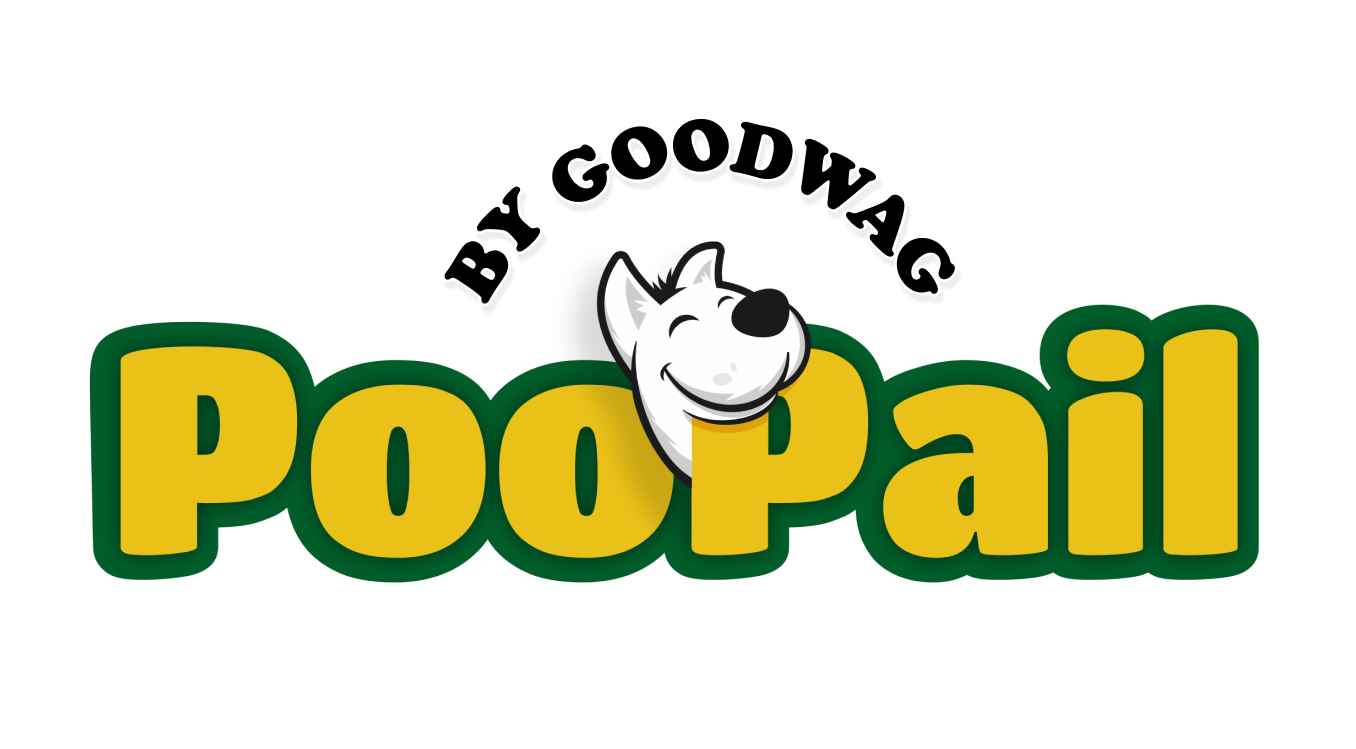
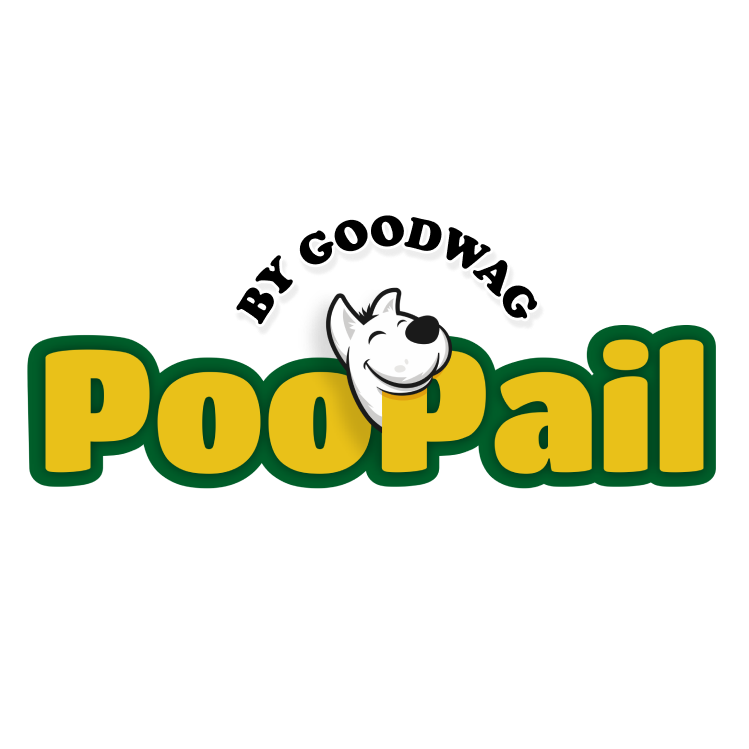
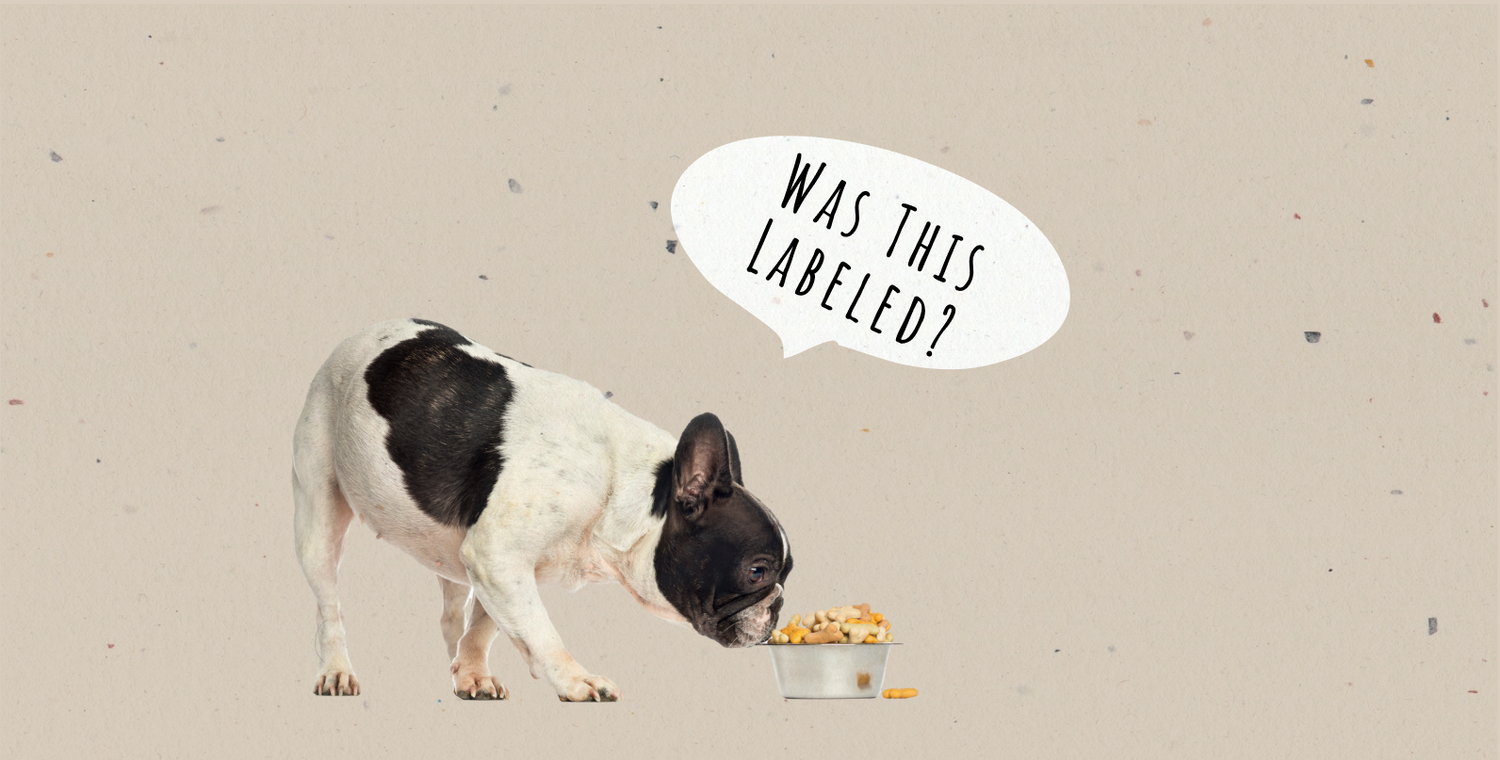



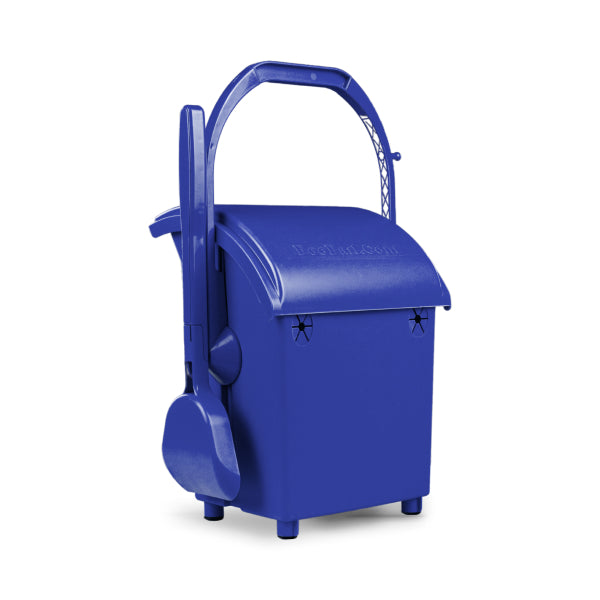



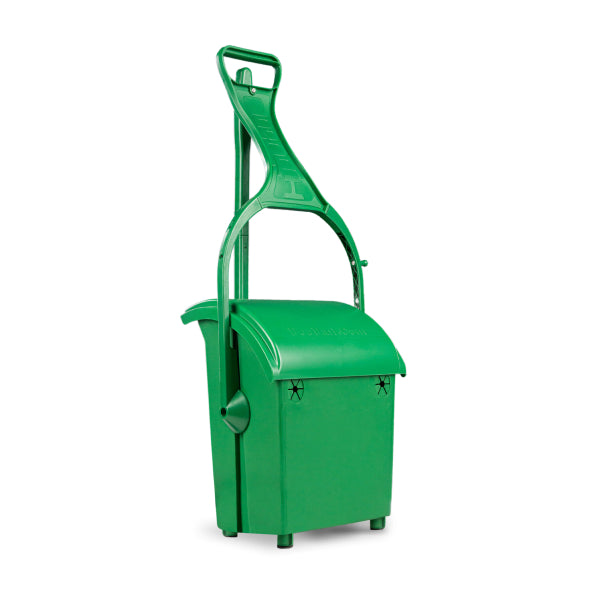



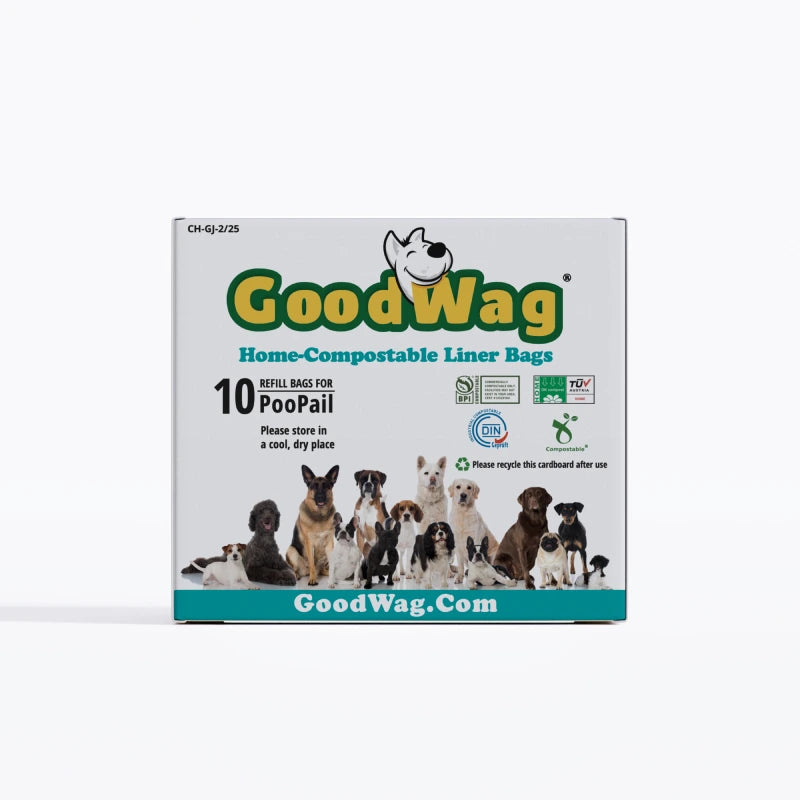

Leave a comment
This site is protected by hCaptcha and the hCaptcha Privacy Policy and Terms of Service apply.